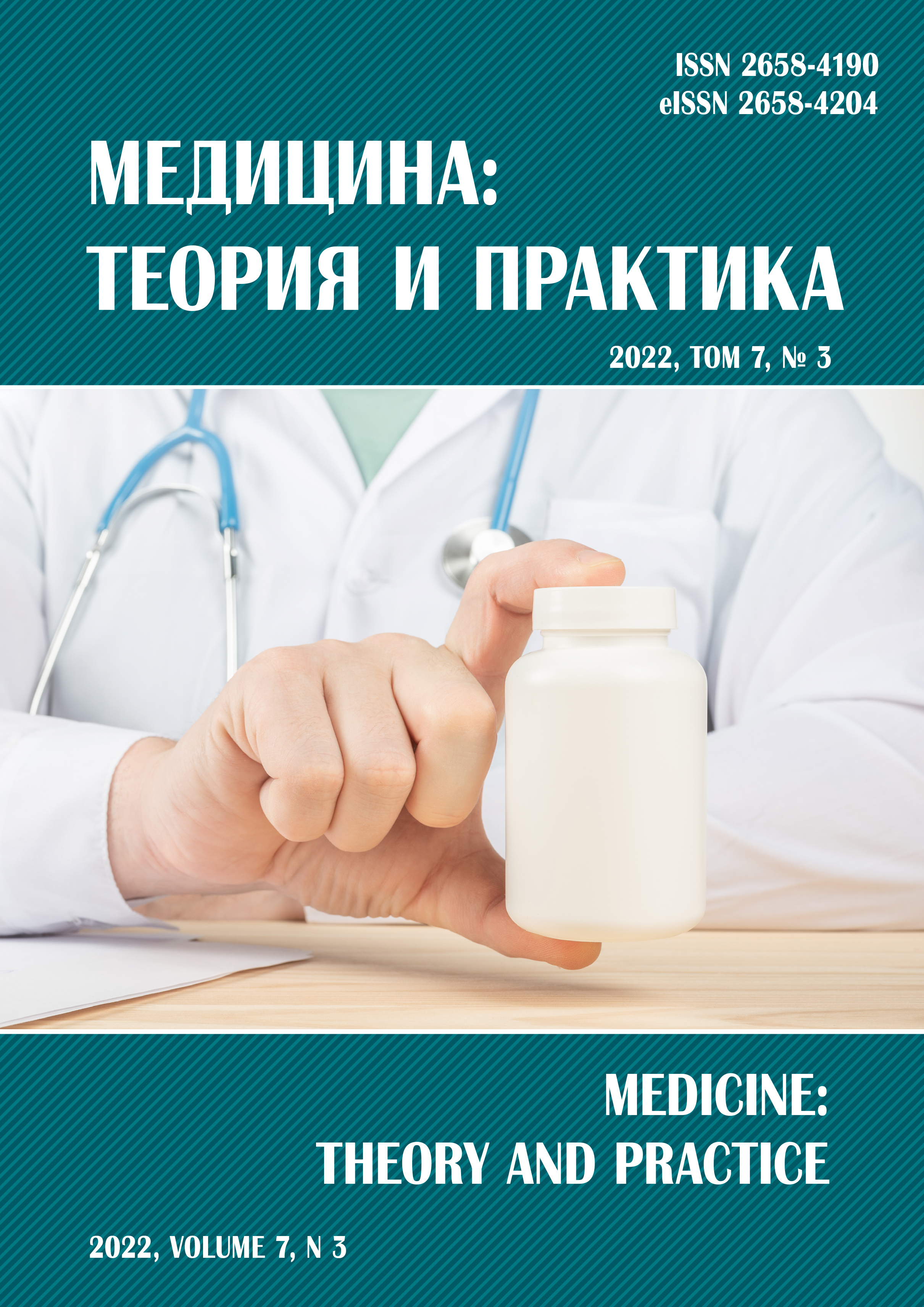CHANGES IN LIPID METABOLISM IN YOUNG AND MIDDLE AGE MEN, CHARACTERISTIC FOR PREMATURE AGING
Abstract
Background. The increase in the rate of male aging, which is manifested, among other things by lipid metabolism disorders, dictates the need for targeted diagnosis of these changes in order to conduct corrective therapy. Materials and methods. 199 men aged 35-55 years were examined: group 1 - men with type 2 diabetes mellitus, polymorbid cardiovascular pathology, anxiety - depressive disorders; group 2 - men with polymorbid cardiovascular pathology and anxiety - depressive disorders; group 3 (control) - practically healthy men. The calculation of the body mass index and ultrasound examination of the abdominal organs were performed, a laboratory examination was carried out with an assessment of the lipid profile, the level of C-reactive protein, ALT, AST. The biological age of men was determined and compared with the proper biological age. Results. The predominance of the actual biological age over the proper one in patients of group 1 was established by an average of 8.7 years and by 6.4 years in group 2, which corresponds to an accelerated and sharply accelerated rate of aging according to the classification of V.P. Voitenko. The lipidogram revealed an increase in atherogenic and a decrease in anti - atherogenic lipoproteins in the blood serum in groups 1 and 2, more pronounced in patients with type 2 diabetes mellitus. All examined patients were found to be overweight. An increase in C-reactive protein was established as one of the biochemical signs of steatohepatosis and ultrasound signs of fatty hepatosis (increased echogenicity, hepatomegaly) in groups 1 and 2, occurring 2 times more often in patients with type 2 diabetes mellitus. Conclusion. Deviations in the lipid profile and the detection of signs of steatohepatosis should be considered a manifestation of premature aging of the body. In this connection, young and middle - aged men with polymorbid cardiovascular pathology, anxiety and depressive disorders, including those with type 2 diabetes mellitus, are recommended regular examinations for the purpose of early diagnosis of lipid metabolism disorders and steatohepatosis for timely correction.



